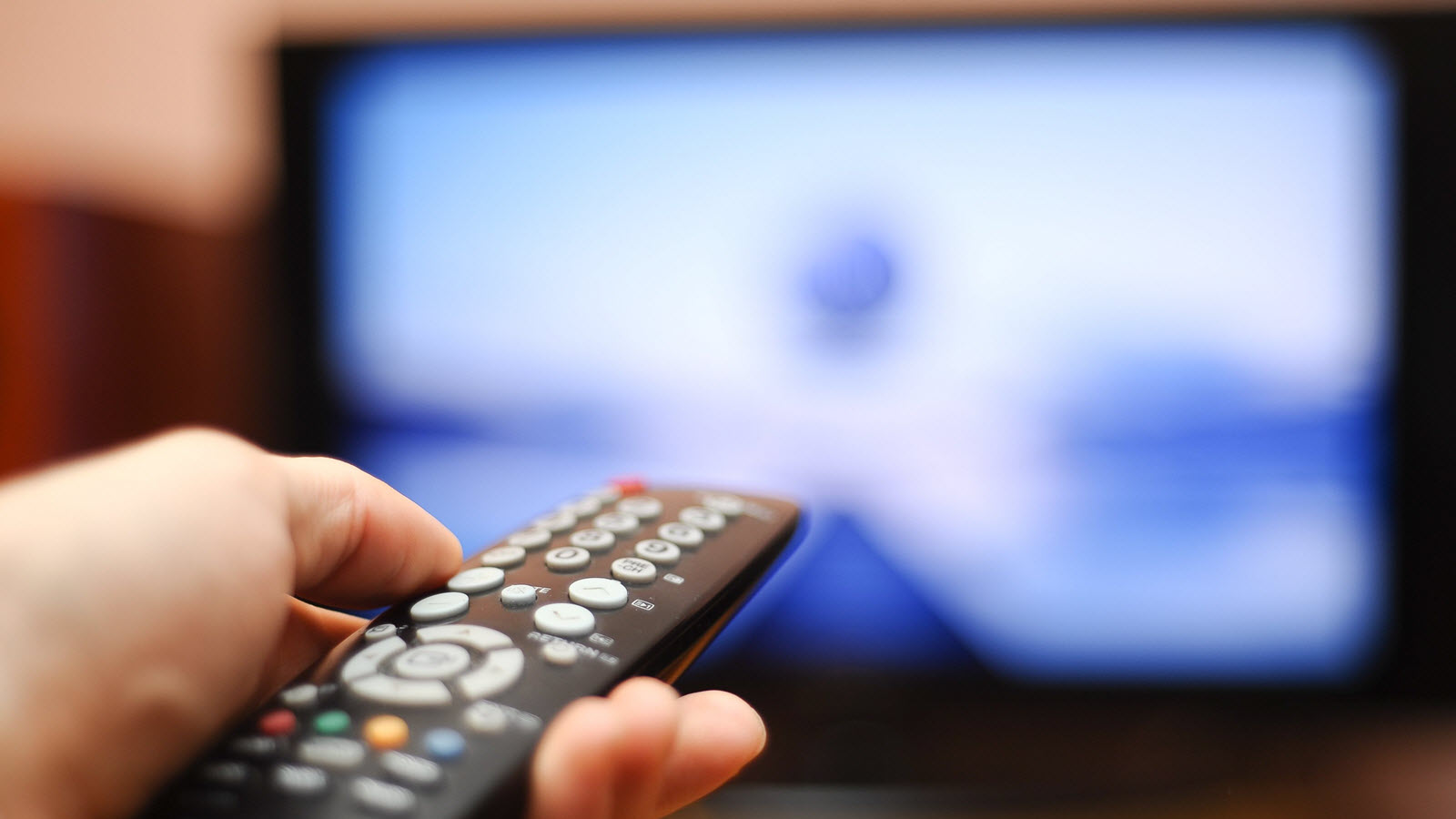‘Cord-Keepers’ Dominate in New Study of Pay TV Subs

Amid all the talk about cord-cutting, the majority of television consumers say they plan to keep their pay TV subscriptions, although the number of cord-keepers is slowly shrinking, according to a new survey.
Media research firm GfK MRI said 71% of the U.S. population is corded and planning to stay that way when asked about the next six months.
That share has been inching downward since MRI began studying the cord-cutting evolution in 2015 with surveys every four months, according to Karen Ramspacher, senior vice president of Innovation & Insights. In the 2015 survey, 77% said they expected to keep their cord.
The decline is sharper among younger viewers in the 18 to 34 age bracket. In that demographic, those loyal to traditional pay TV services fell to 58% in the latest survey, from 67% in 2015.
Among those age 50 and older, 80% said they’ll keep the cord. The July findings come from MRI’s Cord Evolution research and are based on 24,000 in-person, in-home interviews.
Cord-cutting has been a big issue in the TV business because of the squeeze it puts on network distribution revenue growth.
According to MoffettNathanson Research, pay TV subscribers dropped 3.3% in Q2 from the previous year. That was a slight improvement from the first quarter, when subscribers fell 3.4%.
The smarter way to stay on top of broadcasting and cable industry. Sign up below
With virtual multichannel video programming distributors factored in, the number of households paying for a subscription including live TV rose year-over-year for the first time since 2012, MoffettNathanson said.
Related: Pay TV Subscriber Losses Dropped to About 415,000 in Q2 as vMVPDs Continue to Grow
In the MRI study, the top rationale consumers gave for keeping pay TV was that they were used to it.
“They love the lean-back experience and that they can just turn on the TV and go to whatever they want,” Ramspacher said. “And the bundle is keeping them, because they’re bundled in with their internet and their telephone.”
There are also consumers who are adding to their pay TV by adding premium services, such as HBO and Starz, she added.
MRI says that 55% of the corded consumers stack streaming services on top of their baseline pay TV package, with 48% paying for an over-the-top subscription, 13% using free streaming and 11% using TV network apps. The numbers are higher for younger viewers, with 76% of them stacking streaming on top of traditional pay TV.
By contrast, only about 12% of the population said they have cut the cable cord and 3% identified themselves as cord-cutting intenders.
Not Just About Price
The most important reason viewers gave for cutting the cord is that they are watching streaming services such as Netflix, Hulu and Amazon’s Prime Video, as cited by 33% of that group.
Related: Comcast Integrating Amazon Prime Video Into X1 Platform
The secondary reason is that they think their TV package is too expensive.
Ramspacher noted that a ton of people — close to 70% of consumers — are streaming, according to the survey.
The top benefit of streaming is that it’s convenient, allowing consumers to watch anywhere on any device.
The second most frequently mentioned plus for streaming services is that they offer a large selection of TV shows, movies and video.
The third-ranked positive is that some shows are available only through streaming. “I think that speaks to the benefit of the originals,” Ramspacher said.
Looking forward, SMI said streaming services will move into the live TV business with skinny bundle vMVPDs like Hulu’s live service and YouTube TV.
To compete, traditional TV providers have to keep doing what they do best, which is create the shows that people want to watch.
“Consumers don’t care where their service comes from,” Ramspacher said. “They never have. All providers need to make it easy to subscribe, to pay the bill, to navigate the service. As long as they do that and reach the viewers where they are, we’re going to keep having a healthy TV industry.”
Jon has been business editor of Broadcasting+Cable since 2010. He focuses on revenue-generating activities, including advertising and distribution, as well as executive intrigue and merger and acquisition activity. Just about any story is fair game, if a dollar sign can make its way into the article. Before B+C, Jon covered the industry for TVWeek, Cable World, Electronic Media, Advertising Age and The New York Post. A native New Yorker, Jon is hiding in plain sight in the suburbs of Chicago.

